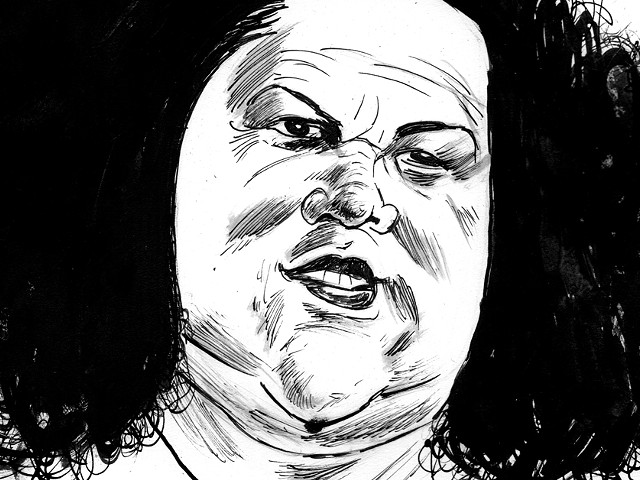Thomas Bopp wasn't looking for a comet when he peered into a telescope on Saturday, July 22, 1995. By day, the 47-year-old worked for a cement company, where he made a passing mention of his interest in astronomy to Jim Stevens, who ran an auto parts store in Phoenix. It was a hobby started when Bopp was just a boy growing up in Youngstown, Ohio, when his father gave him his first telescope. Stevens, it turned out, was also interested in telescopes. By night, the two became amateur astronomers, going stargazing with Stevens' homemade telescope in the Arizona desert, with Stevens serving as Bopp's mentor.
That was exactly what they were doing that night, when Stevens trained his lens on a cluster of stars in the Sagittarius constellation shortly after 11 p.m. Stevens was eager for Bopp to take a look. But what he didn't realize was he had aimed his telescope directly at an unidentified flying object — what Bopp would later describe as "a little fuzzy glow."
In reality, it was a 46-mile-wide hunk of ice 577 million miles away, hurtling through space toward Earth.
The stakes were high — comets are a coveted catch for astronomers, since they are conventionally named after those who discover them. But first Bopp and Stevens had to notify Harvard University to officiate the discovery. This was not an easy task in the Arizona desert in the '90s.
After studying the object for several minutes to make sure it was not a star, Bopp got in his car and drove 20 miles to a truck stop to try and call Western Union from a pay phone to send a telegram to the Central Bureau of the International Astronomical Union at Harvard University, because yes, you could still send telegrams in the '90s. The Western Union representative didn't have an address, so Bopp hung up and got in his car and drove home. Around 3 a.m., he barged into his bedroom, woke his wife, found the address in an astronomy book, and sent the telegram with the comet's coordinates.
The next morning, Bopp got a call from the International Astronomical Union. Unbeknownst to Bopp, another astronomer — a real astronomer, Alan Hale, with a doctorate in astronomy and everything — had also spotted the comet within minutes of him, and had already emailed the coordinates to Harvard from his home in New Mexico. But once again, the stars aligned for Bopp: By what he later described as "bizarre chance," an IAU associate director happened to be in the office that Sunday and received the telegram. The comet, formally designated C/1995 O1, would be named Hale-Bopp, after both astronomers.
Bopp quit his day job to attend to the media maelstrom that followed. In 1997, the comet reached perihelion, or its closest point to the sun. It lit up the night sky for more than 18 months, its long tail visible to the naked eye for millions of people in the Northern Hemisphere. It was the biggest, most visible comet since the Great Comet of 1811.
The comet brought some misfortune, too. In March '97, 39 members of California death cult Heaven's Gate committed mass suicide, believing their bodies would be transported to an alien spacecraft following the comet. In the spring, when the comet was the closest to the Earth, Bopp's brother and sister-in-law were killed by a car while photographing the comet. "This has been the best week of my life," he told National Geographic. "And the worst."
In recent years, Bopp worked as a shuttle driver at a Toyota dealership. He died at a hospital in Phoenix at age 68 from liver failure.
"I can find another job, but this is something that happens once in 10,000 lifetimes," he told Newsweek when he quit his job to bask in the glow of Hale-Bopp. The comet is expected to next pass Earth in 4897.
From "The people who died, 2018."
Next: Ursula K. Le Guin, trailblazing speculative novelist.
Previous: Emily "Mount Fiji" Dole, pioneer of female professional wrestling.






